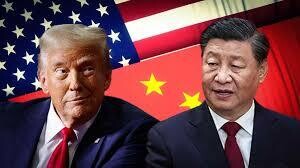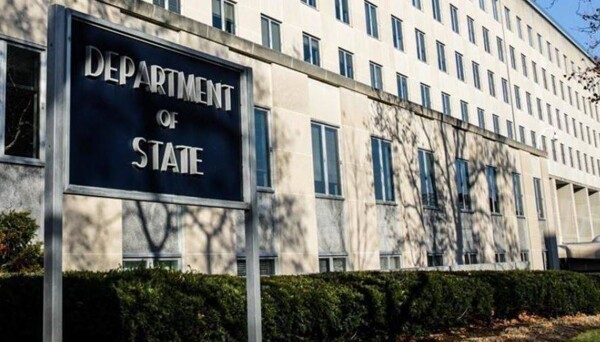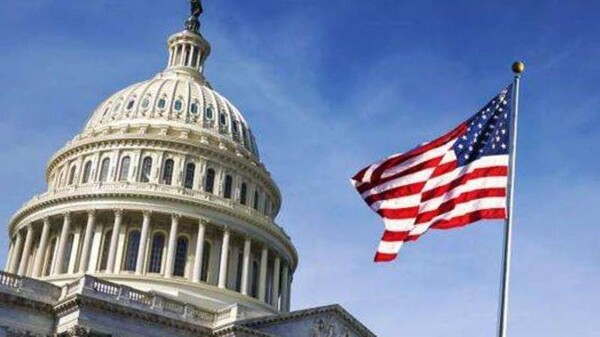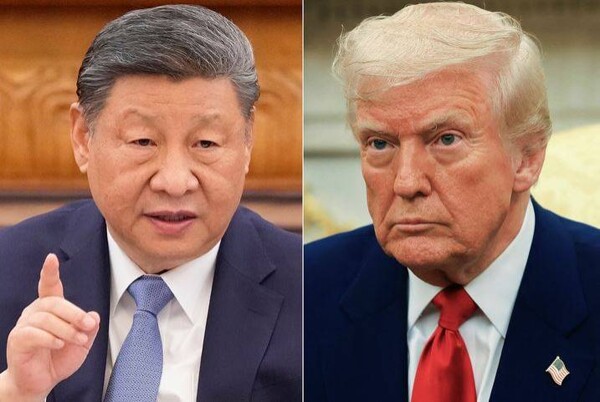
The tariff measures implemented by Donald Trump represent a key strategy in his administration, focused on the slogan 'America First', where the main objective is to reduce the trade deficit of the United States and position the country once again as a manufacturing superpower. The main negotiation centers on China, a nation with extensive experience and a perception of time that differs from that of the West.
In the process, Trump has emphasized the importance of establishing minimum negotiation points beforehand, as well as maintaining an appearance of uncertainty to confuse interlocutors. He also highlights the relevance of controlling emotions during negotiations, suggesting that the reaction to what the other party says should always be under control.
For its part, China, in its 'peaceful rise' strategy, recognizes that it will eventually become a superpower and acts cautiously in short-term negotiations with the United States, considering the military firmness of the North American country. This dynamic has led to a scenario where Trump seeks the repatriation of companies established in China, which has generated a shift in the economic trend.
Additionally, Trump has pointed out the importance of maintaining flexibility and being open to new ideas during negotiations, emphasizing that information is power and advising to keep it strategically. In this context, the tariff restrictions aim to accelerate the process of industrial reconversion in the United States, encouraging companies to adapt quickly to the new conditions of the market.
Through his book 'The Art of the Deal', Trump reveals his negotiation strategy and his focus on time as a valuable resource during conversations. This approach is supported by the public perception in the United States of the need to regain leadership as a global superpower, which is reflected in the trade and diplomatic actions driven by the Trump administration.














